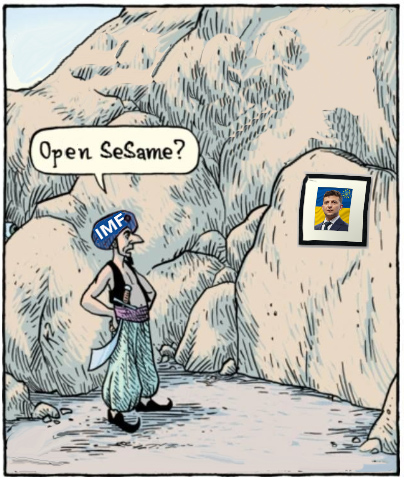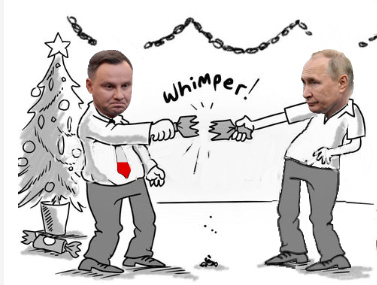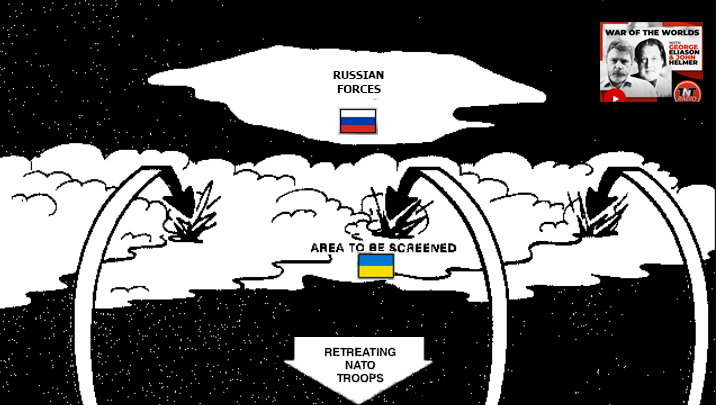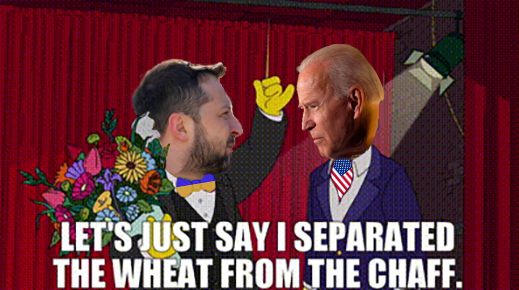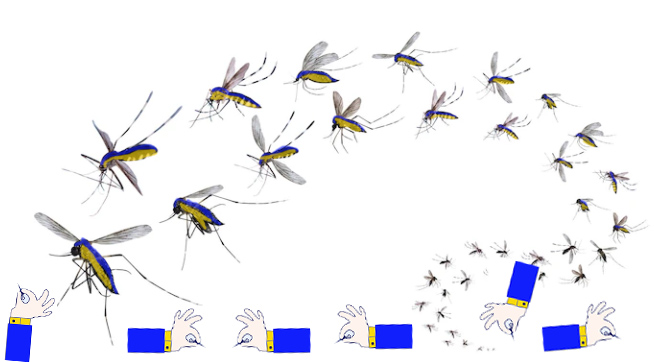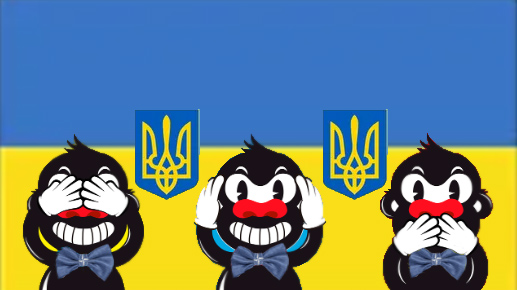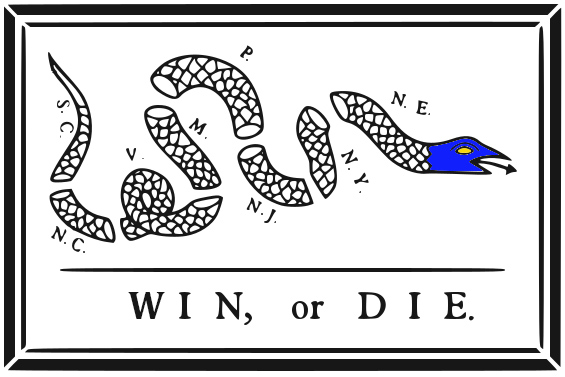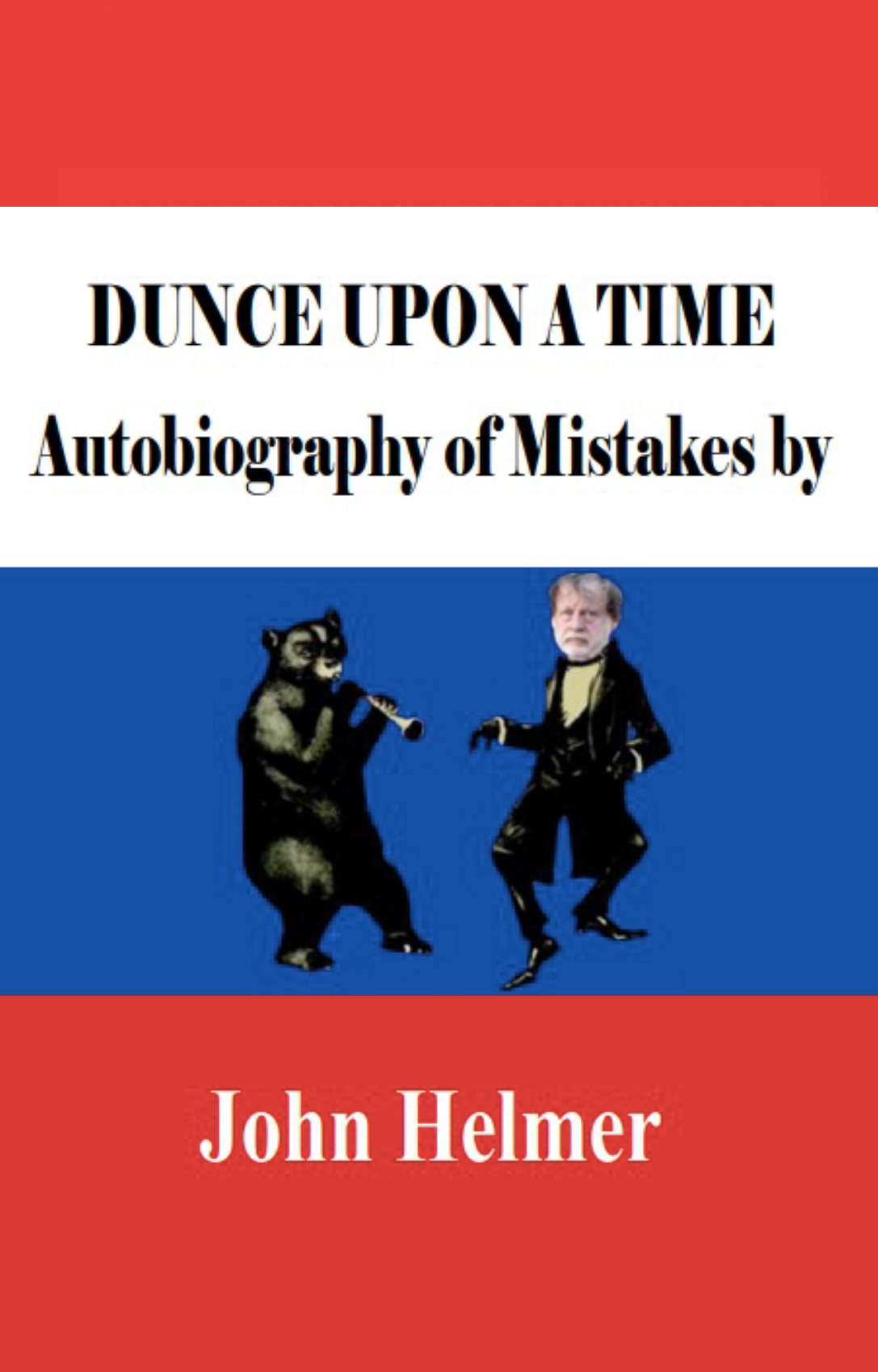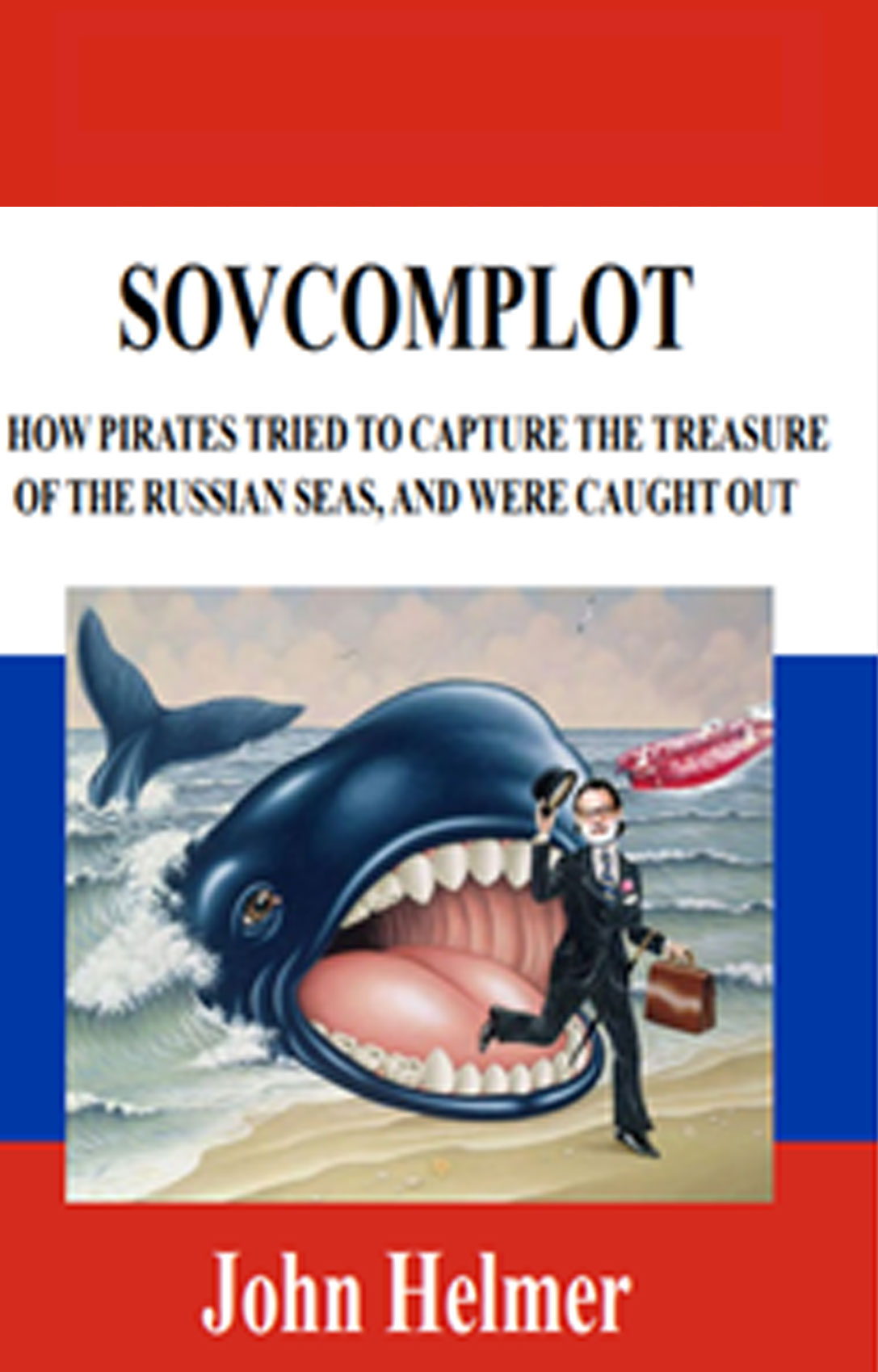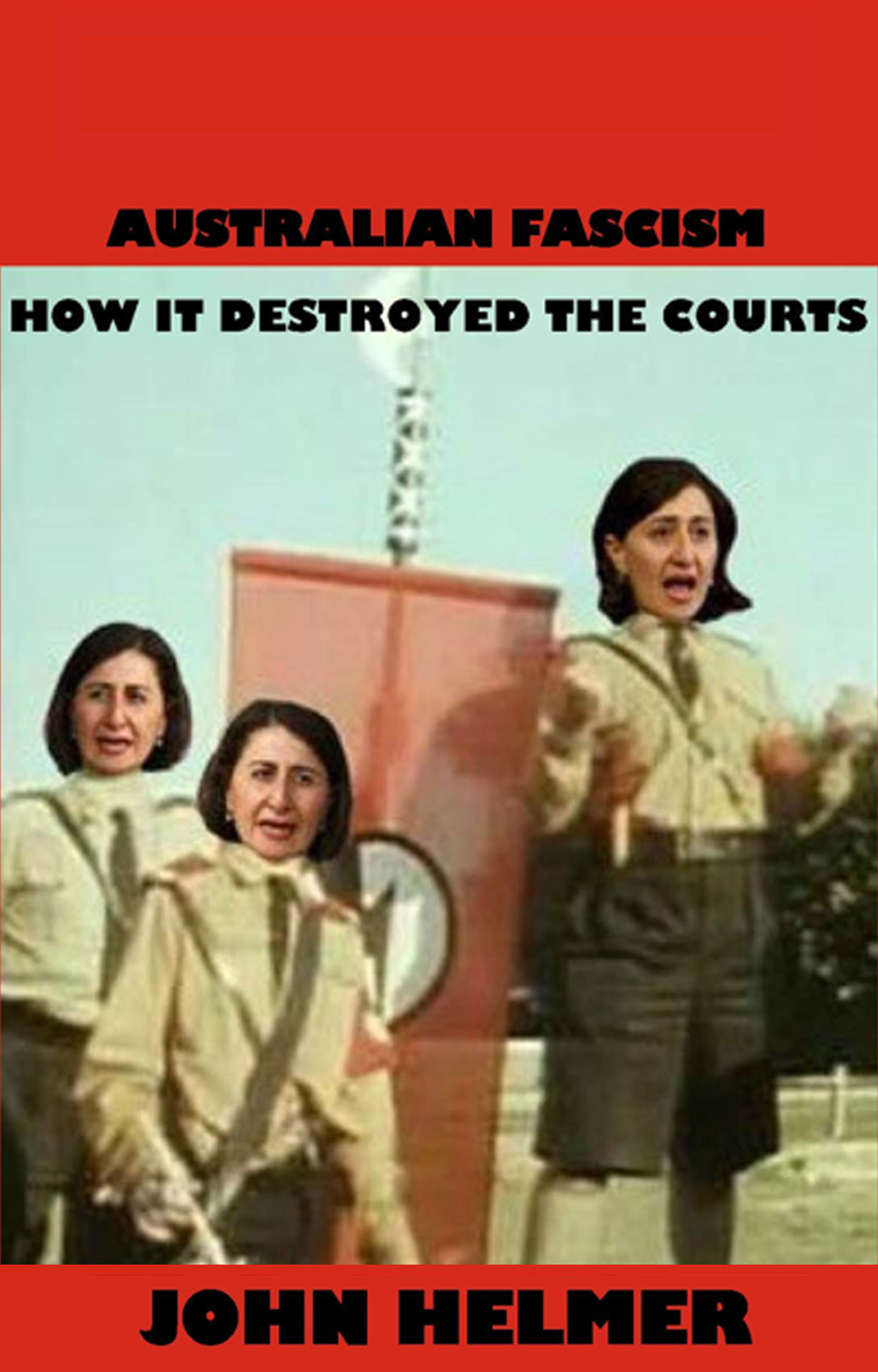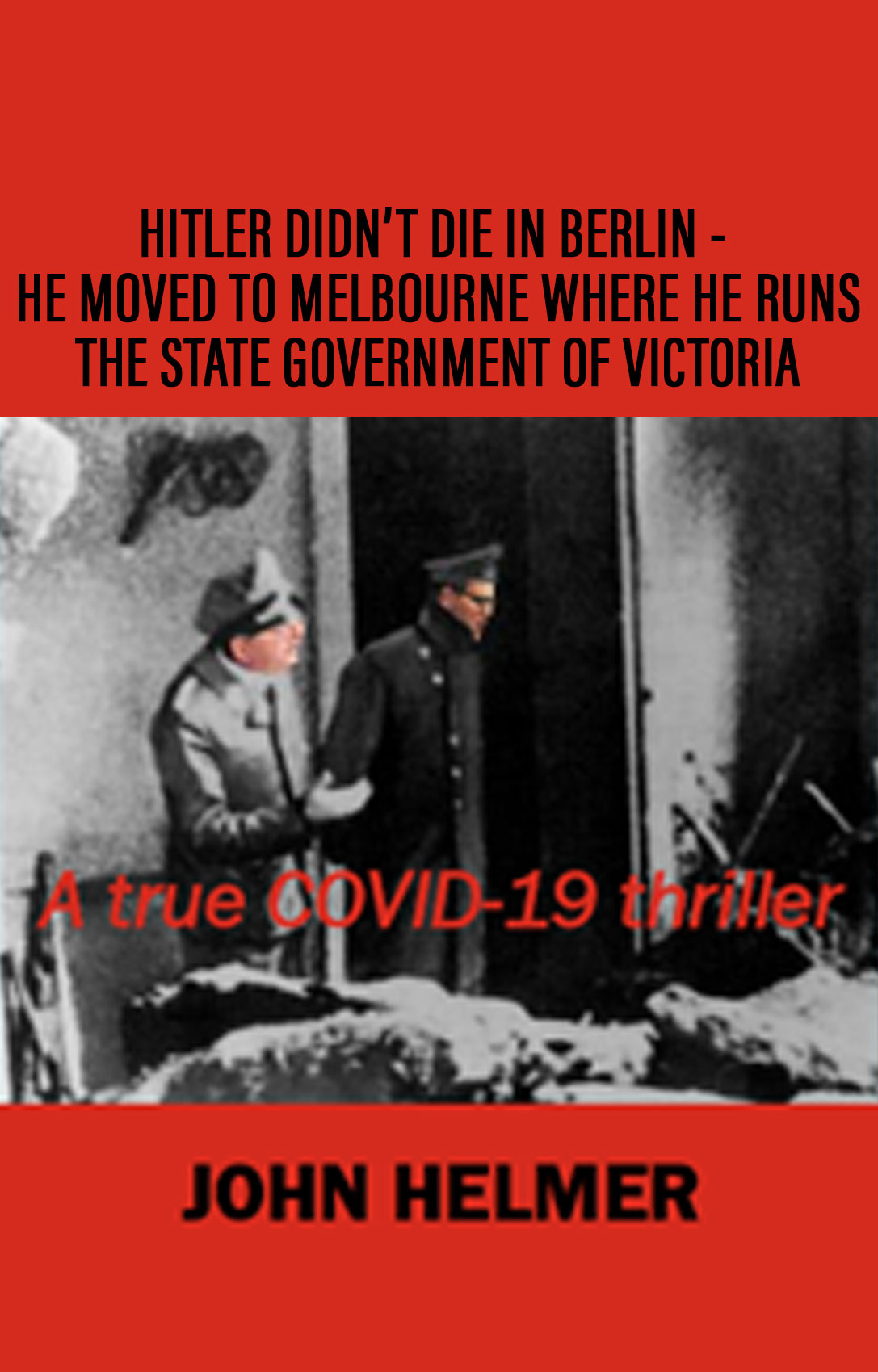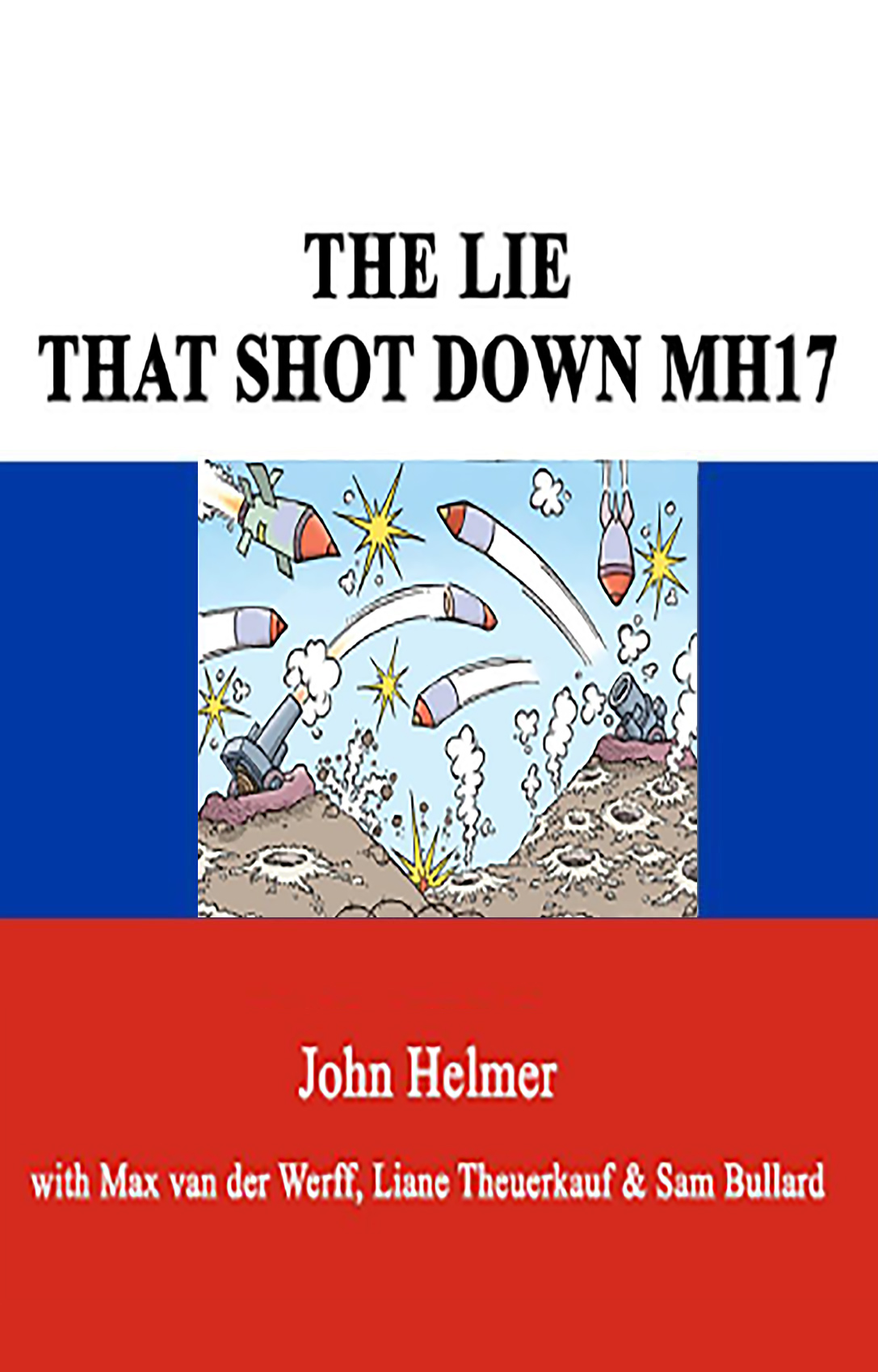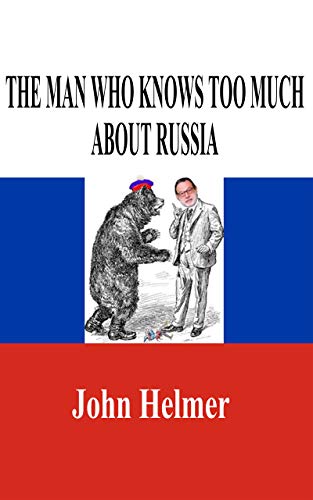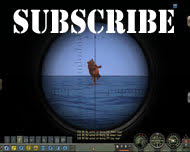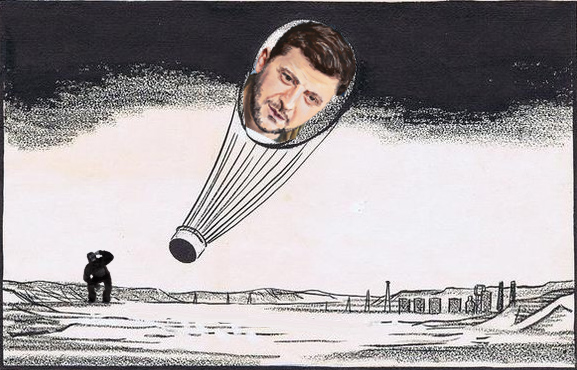

By John Helmer, Moscow
@bears_with
When the Ukrainian and NATO forces have lost their war in eastern Ukraine by Christmas, what will happen to the rump of western Ukraine?
The Russian warning, issued last Friday at the Security Council by President Vladimir Putin, is that the Russian Army will defend western Ukraine, known as Galicia, from any attempt at intervention by Polish forces under either a NATO “peacekeeping” formula, or a bilateral defence arrangement between the Kiev regime and Warsaw to slip Galicia under NATO Article Five protection.
Putin’s warning was concrete, explicit, geographically limited. It applied to the current western borders of the Ukraine, the eastern border of Poland, and the Polish-Belarus border. “I would also like to remind you what Poland’s aggressive policy led to. It led to the national tragedy of 1939, when Poland’s Western allies threw it to the German wolf, the German military machine. Poland actually lost its independence and statehood, which were only restored thanks in a large measure to the Soviet Union. It was also thanks to the Soviet Union and thanks to Stalin’s position that Poland acquired substantial territory in the west, German territory. It is a fact that Poland’s western lands are a gift from Stalin. Have our Warsaw friends forgotten this? We will remind them.”
The Warsaw friends weren’t the only audience Putin intended. His warning is also addressed to the Berlin friends, the Baltic friends, the Paris, Brussels, and Budapest friends, and of course, the Washington friends. In December 2021, they were offered the terms of mutual security and non-aggression in Europe in treaties for the US and NATO tabled by the Russian Foreign Ministry. They were dismissed in diplomatic negotiations lasting less than a month.
By Christmas of this year, as Putin has just pointed out, the Ukrainian army and the NATO forces will have expended their capacities to continue the fight. “The whole world sees that the vaunted Western, supposedly invulnerable, military equipment is on fire”, he added. What can happen next is “an extremely dangerous game, and the authors of such plans should think about the consequences.”
This is a warning that if the Poles move east, the Germans will be motivated to move east as well, in order to recover the Prussian territories Germany lost in its defeat and capitulation at the end of World War II. Hungary too will be motivated to change its northeastern border in order to rescue the ethnic Hungarian population of Transcarpathia in southwest Ukraine.
In short, Putin was announcing that “Stalin’s gift”, as he called it, was the stability of the post-1945 territorial settlement. Now, in defeating NATO’s attempt to destroy the Russians east of Kiev, the Russians are warning afresh that if NATO attempts to change its defence lines west of Kiev, the Russian army will dictate an entirely new territorial settlement in which NATO will be an even bigger loser of military capacity and territorial extension than the non-aggression treaties of December 17, 2021, offered.
The 1990 promise of not one inch eastward for NATO is reversing by one thousand kilometres westward.
(more…)
